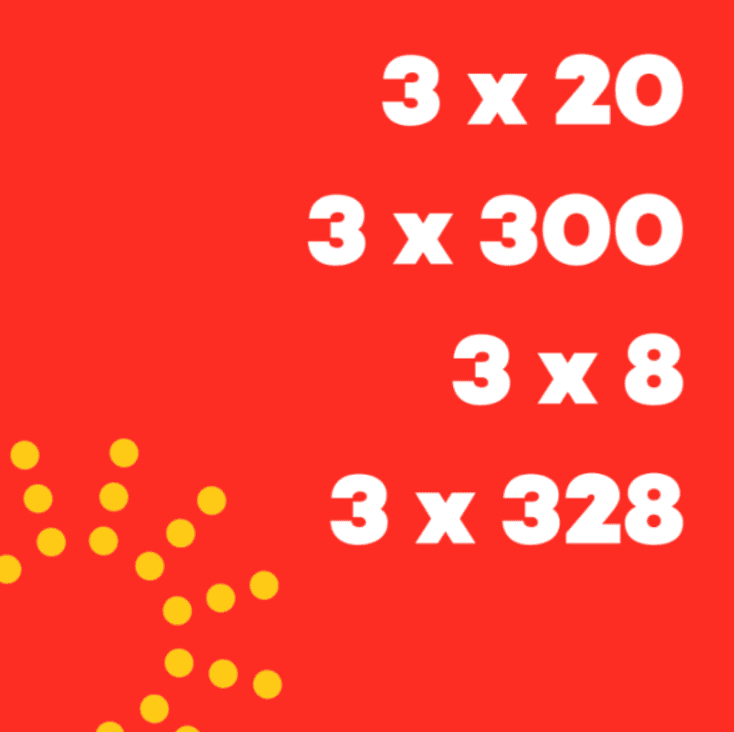
When a child is struggling in math, many parents today prescribe them more practice. This is intuitive. After all, practice makes perfect. And that’s how most of us were taught when we were in school. Rote memorization drills and pages filled with practice problems comprised most of our mathematical instruction. In short, learning math was all about quantity: the more you did, the better you got. While practice of this nature does help students solidify their skill with using a particular operation, it does not help students see the relationships between numbers – a crucial concept in deepening number sense. One of the most effective ways to help students begin to see numerical relationships is through number strings.
What Are Number Strings?
A number string is a series (or “string”) of problems, each one building from the last. The first problem in the series is usually quite simple, and is one that students can solve very easily. Usually, this is either a number fact that they’ve memorized, or a problem that involves extremely simple computation. The complexity of the first problem depends on the students’ age. The last problem in the series is far more complex, and is a problem that the student would find much more challenging if shown this problem in isolation. The steps in between each step are progressively more challenging, but use the math the student completed in the previous step. In this way, students are able to not only see the relationship between the numbers and problems in the series, but they also develop new ways of tackling challenging problems.
Number strings can be written or verbal. They can be independent, collaborative, or teacher-guided. Students can have the use of manipulatives to help them solve, or just pencil and paper. Some number strings even lend themselves to students solving in their heads in order to address procedural efficiency.
Examples of Number Strings
2nd Grade Addition
10 + 10 =
10 + 12 =
15 + 12
15 + 112 =
25 + 112 =
225 + 112 =
Starting with a very simple fact like 10 + 10, students work their way through a scaffolded series of steps that are each related to the last.
5th Grade Fractions
½ x 10 (½ of 10)
¼ x 10 (¼ of 10)
⅛ of 10 (⅛ of 10)
2/8 x 10 (2/8 of 10)
⅜ x 10 (⅜ of 10)
⅜ x 20 (⅜ of 20)
As students begin to think about fractions a bit more conceptually, they can use number strings like this one to gradually go from very straight-forward (½ of 10) to quite complex (⅜ of 20).
One Step at a Time
When completing number strings with students, it is important to show only one step at a time. Whether the subsequent steps are written in the moment or hidden from view somehow, this is a simple but crucial component of number strings. This way, students don’t get distracted by the sequence of steps, and only focus on the step they are on and how it relates to the previous step(s). Once the number string is complete, they can look at all the steps together and reflect on how they relate to one another. This, too, is an important step in the process after the number string is finished. It helps students think through their process, and become more metacognitive about how they interact with numbers.




